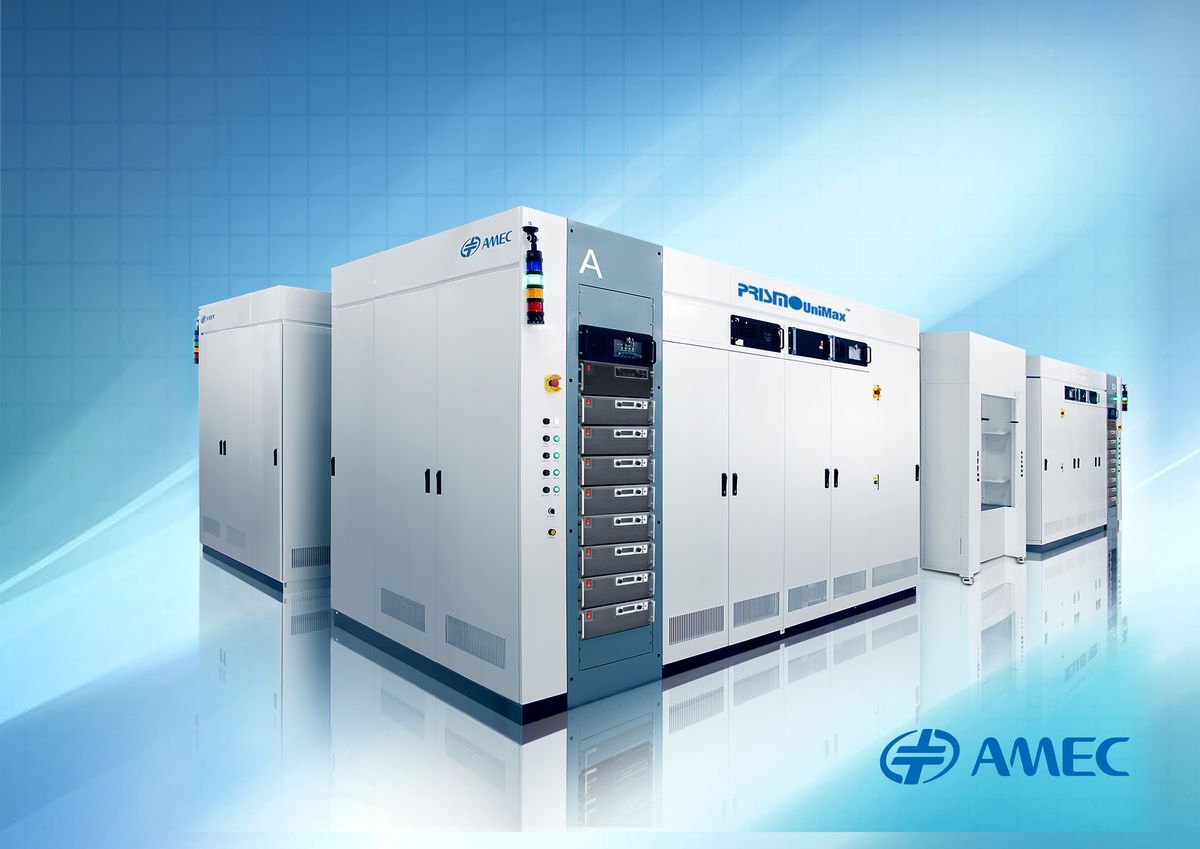This is exciting to see. The semiconductor industry is only possible through a truly global supply chain that is of unfathomable complexity. China is probably the only country on the planet capable of something like semiconductor autarky. With China being locked out from the high-end stuff by the west, it’s going to be a matter of when, not if, China winds up achieving semiconductor superiority, and whether that will be before or after reunification with Taiwan. After all, Taiwan represents just 2% of China’s power, based on population.
I’m familiar with the industry and the ASML sanctions are probably going to hurt the most based on the CPC bragging about SMEE’s ability to produce 28nm DUV machines domestically before such a machine has actually been proven to exist. China has been stockpiling the ASML DUV machines for some time now in anticipation of this and making enough improvements to them to make 7 nm production feasible (the limit of DUV), which will buy them some time for SMEE to play catchup. Catching up though, is going to be an absolutely herculean task for China to have domestically-produced EUV. China will not be able to compete on the cutting-edge of technology until this is achieved. With 7nm DUV, they should be able to produce sophisticated enough pieces to eventually build EUV light sources, and the export controls on rare-earth metals from China will make it much more expensive to produce the high-tech necessary for ASML to ship more EUVs.
Still though, EUV took decades of basic R&D in the west with armies of PhDs at the national labs tackling the problem, and another couple decades to commercialize the technology. It was essentially one of the last basic research efforts that the west actually pursued. Until now, the Chinese semiconductor industry has been focused on scaling production instead of pioneering high-end process nodes. I’m honestly expecting some movie-worthy espionage schemes will be hatched at TSMC to accelerate domestic development of this technology. It’s gonna be a banger to watch this technology war play out over the next 10 years, or maybe it will be quicker, we’ll see.
The west’s brain-dead investment strategies have basically left technological progression of semiconductors after basic research ran out of steam to Nvidia, Apple and other western firms working with ARM, TSMC, and ASML to advance SOTA with all state support coming from Taiwan. I’m sure China and her people are aware of the situation, and the sheer speed of technological development we will see come out of China as a result of this national focus will be mind-blowing.
I think there’s a realistic chance that China could simply leapfrog the west by developing an alternative computing substrate. We’re basically reaching the limits of what’s possible with silicon at this point, and you have to spend incredible amounts of effort to squeeze out increasingly meagre performance gains. However, a substrate with different physical properties has potential of being an order of magnitude faster even using a naive approach leaving lots of room for further optimization. This would be the equivalent of going from vacuum tubes to transistors.
There are a few other approaches such as carbon based semiconductors, carbon nanotubes, and graphene based semiconductors that China is actively researching. It’s only a matter of time until one of these gets to the point where it can be commercialized. This approach in particular looks very promising where they actually managed to produce new 12-inch wafers that are just one atom thick with low production costs https://pubs.rsc.org/en/content/articlehtml/2021/na/d0na01043j
This kind of tech could end up being commercialized within a decade, and it would make silicon obsolete.
I saw some of the news that you mentioned on graphene as well. that would be incredible!
I’d love for some analysis of the self sufficiency of China’s economy, I feel like it’s so hard for me to tell how much of a risk US sanctions are on China
China was focusing on dual circulation for a while now because they realized that their dependence on the west for exports is a risk. I’m sure they learned a lot from Russia’s experience with the sanctions as well. Projects such as BRI and BRICS are another factor, we’re now seeing an economy that’s entirely independent of the west develop around China. It’s also very difficult for the west to interfere with this economy because US is getting steadily pushed out of Eurasia. For example, there’s now a trading route going from China to Iran through Russia and Syria.
And of course, China will always be in a position to retaliate against US with its own sanctions because US is heavily dependent on goods produced in China. We already saw an example of this with Gallium and Germanium exports. US isn’t able to sanction China without massive economic blowback to itself.
yes, but I’d like a super comprehensive overview of it, like analyzing their current chip output and the future projections, same thing for basically every other industry, etc.
deleted by creator
they have all PhD’s in CPC’s politburo . lol
Definitely helps having educated people who understand what they’re doing run the country.





